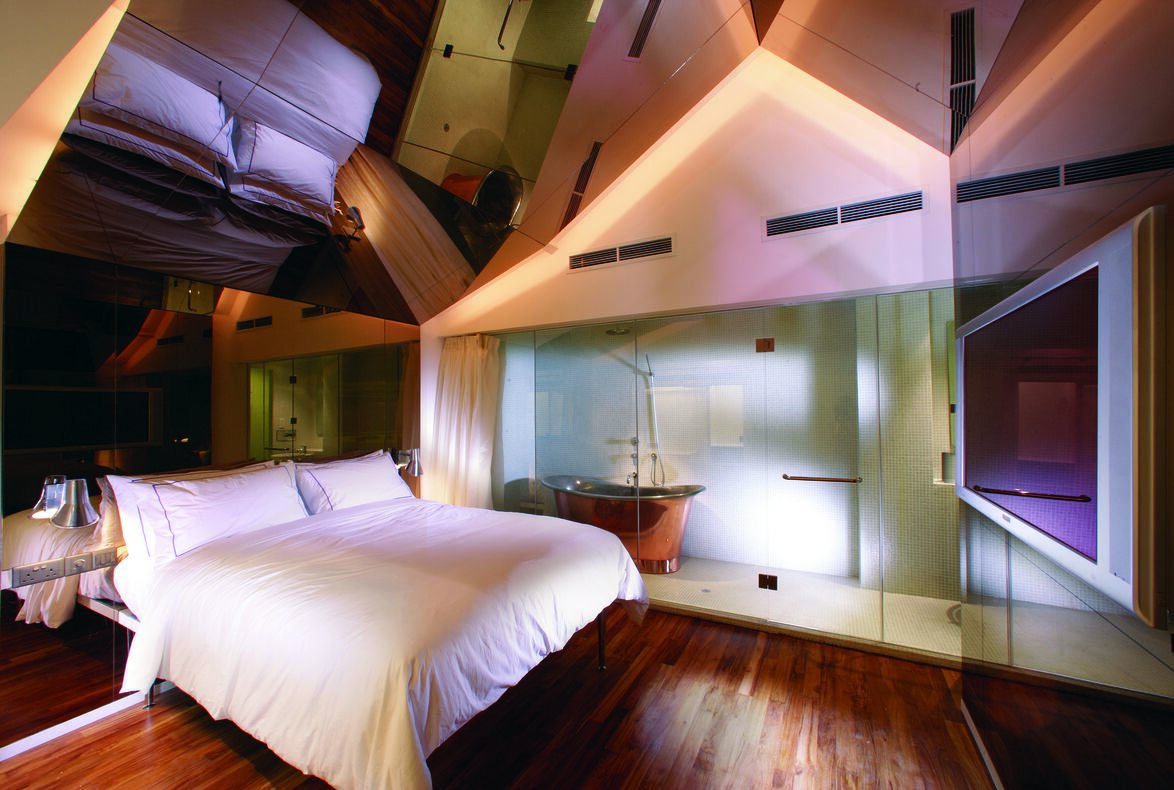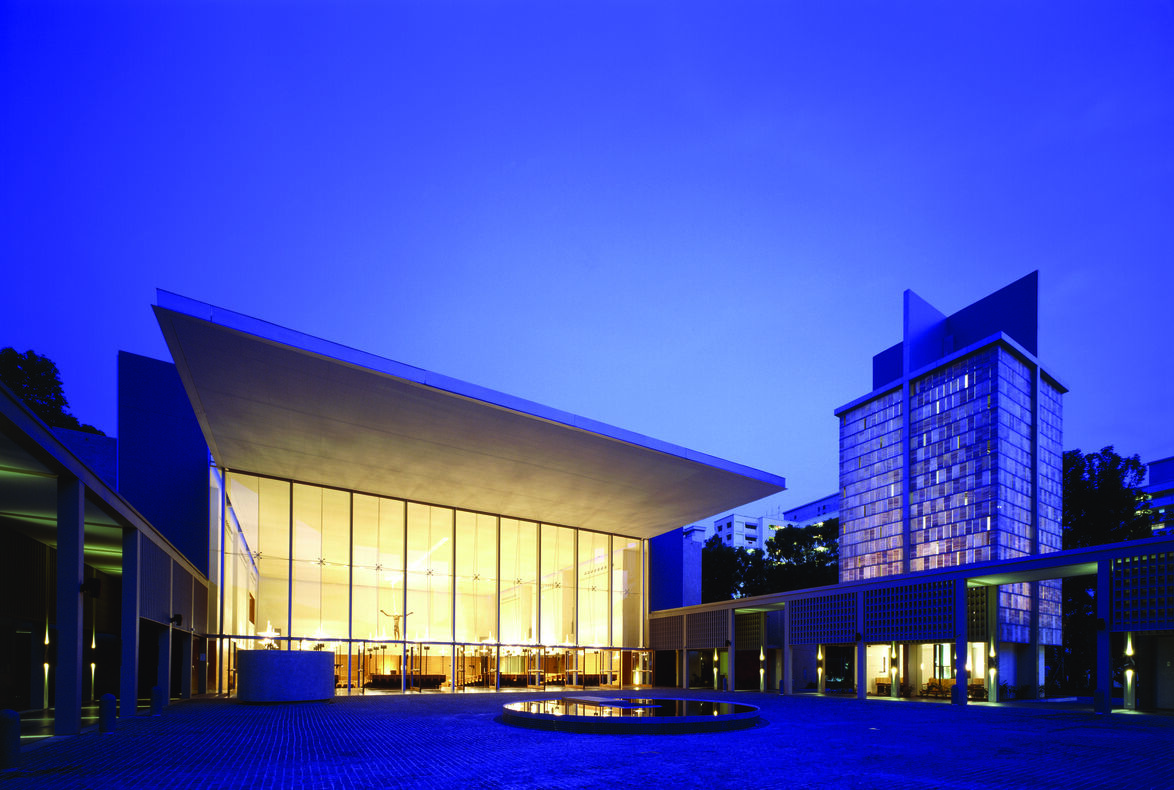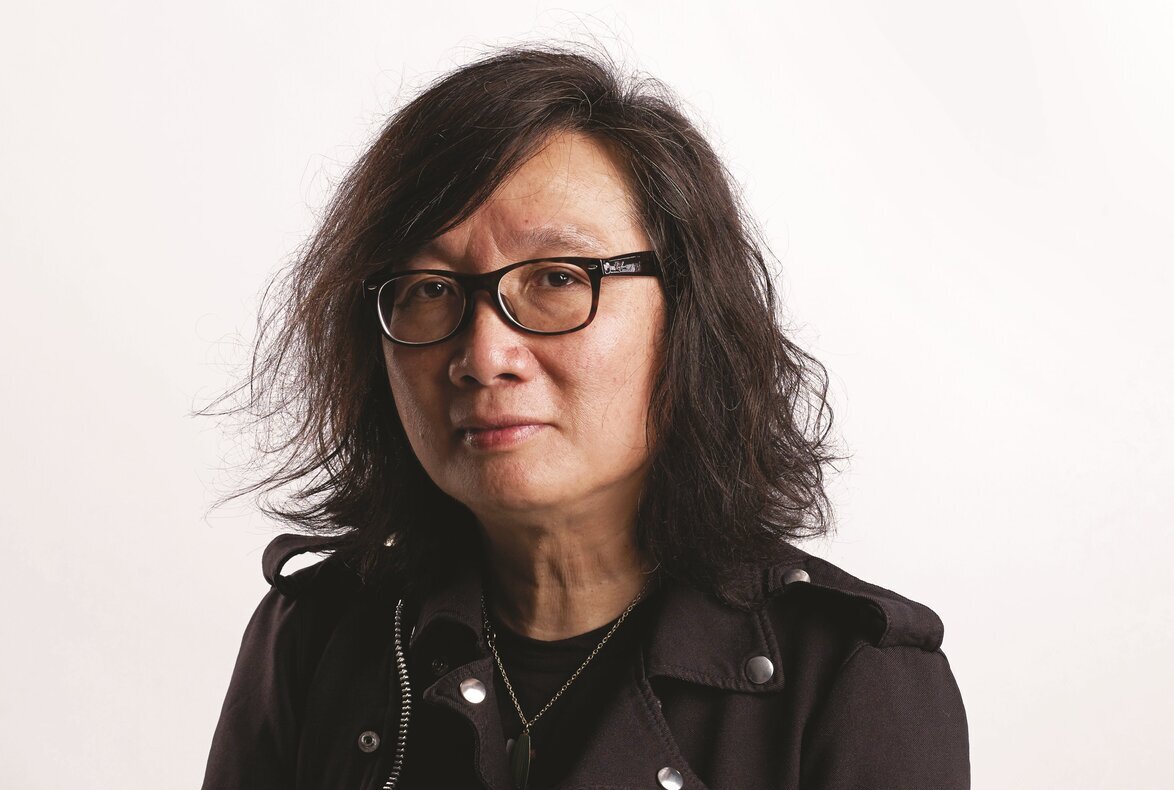
DESIGNER OF THE YEAR 2006
Chan Soo Khian
SCDA Architects Pte Ltd
CONTACT
[email protected]
It was around the age of 7 that Chan Soo Khian began to be aware of design. He had to choose a bike and he chose one on the basis of aesthetics. He then had the stickers removed and the tires changed.
Soo Khian was born and grew up in Penang, Malaysia. As his father was in the construction and building industry, the young Soon Khian would pay visits to construction sites. His early interest in model kits also hinted of his love for both design and for building things. At school, he displayed an affinity with the arts, being a member of the school art club, although he was in the Science stream.
He studied architecture at Washington University and Yale University, acquiring his grounding in classical and modern classical design and cites architects like Otto Wagner, the late 19th century Austrian architect, who pioneered uses of new construction technologies and materials, Mies Van der Rohe, Le Corbusier and Louis Kahn as his design heroes. It was at Washington University where he met Professor Leslie Laskey, Emeritus Professor of Architecture who greatly influenced him. “He taught me to be true to the materials I was working with and to design with an economy of means. Good design is a direct expression of its utilitarian nature.”
After more than 10 years away from Singapore, during which he worked with Kohn Pederson Fox in New York, he returned to Asia, trying to understand the Southeast Asian vernacular. The motivation then tended to be very regionalist, centring too frequently on Balinese or Thai-style architecture to typify what might be called a tropical style of architecture.
In 1995, he set up SCDA, a multi-disciplinary practice founded on the principle of combining the constraints of each site and climate with a strong overall concept to fulfil the needs of the client. “I would say my designs respond to climate and place, and strive for clarity, simplicity and integrity. I like to use materials in a clear and direct way. It is not style per se, but rather a consistent way of putting together a building.”
The Heeren Street Shophouse project in Malacca remains one of Soo Khian’s favourite projects. The existing façade of an old Malaccan shophouse was retained, despite its state of disrepair. In contrast, a new façade highlights a room beyond one of the existing walls. Intended as a space for contemplation, the design used modern structural methods to insert the four rooms between party walls. Solids were replaced by voids and vice versa to achieve dynamism between the old and the new that co-exist and comment on each other. “It is small, low budget and conceptual. The project allowed me to express an idea freely about the use of a found ruin. It has won several international merit awards including the award for the Architecture Review World Emerging Architecture Award.”
At the other end of the spectrum is his design for Lincoln Modern, a 30-storey residential development in the heart of the city. Contemporary architectural lines rendered in glass and metal are complemented by natural materials like polished beech timber and honed limestone making it a distinctive landmark. This impressive project caught the attention of the Royal Institute of British Architects, who presented their Worldwide Award 2005 to SCDA. The recognition given to Soo Khian’s work by this award has placed Singapore on the global architectural design map. There have been only six other winners, which include such internationally renowned firms as Richard Rogers, Fosters & Partners, Zaha Hadid Architects and Alsop Architects.
Soo Khian says, “The artistic portion of a design is in the poetic response to a site or design brief. The challenge in today’s practice is to continue to be true to one’s design philosophy whilst adapting it to the cultural, climatic and aesthetic nuances of the place. There is a need for universality balanced by regional specificity.”
“Chan’s talent has been to develop a distinctive interpretation of Modernism, emphasizing horizontality through dramatic oversailing eaves, exaggerated stone coursing, and hovering prismatic form in a series of built works that range from houses such as the Andrew Road house (2002) and Dalvey Estate House (2004), to the interlocking apartments of Lincoln Modern (2003).” observes Professor Philip Goad of the Faculty of Architecture Building and Planning of the University of Melbourne, “Taken together, the qualities of SCDA’s work – the material inclusions that denote wealth and luxury, the sachlich experiments in apartment type, and the poetic juxtaposition of the ultra-designed and the as-found – signal diverse new directions available to a concept of Neo-Tropicality”
Today, despite a hectic schedule of working on projects as diverse as the Singapore High Commission (New Delhi), hotels in Dubai, India, Maldives and Vietnam, and master planning works in the Middle East, Soo Khian still finds time to travel, to visit new places for both leisure and work. “Engaging the new environment, culture and people often inspire new creative directions. I draw my inspiration from reading, from art, from nature. Passionate and committed people motivate me, politics and bureaucracy do the opposite.”
“I think on the whole, it is getting easier to work in Singapore. There is a drive towards building a city of excellence and all the various government agencies are buying into that vision. The clients are more enlightened, too.”
When asked if he would encourage his sons to follow in his footsteps, he replies “If they are keen and develop in that direction, I would be most supportive; they need to be passionate about design and be willing to live architecture.” In the meantime, Soo Khian spends time preparing the architects of the next generation by lecturing part-time at the National University of Singapore since 1996 and was Visiting Professor at Syracuse University in Fall 1998.
Insights from the Recipient
“Dream, read, travel, persevere and broaden horizons beyond Singapore.”
Citation
Jury Citation
Nominator Citation
EDWARD LAU
ARCHITECT, SCDA ARCHITECTS PTE LTD
Soo Khian has impressed the Jury with a wide repertoire of projects in Singapore and abroad. His design is driven by an interest in new ways of organizing space, resulting in the creation of distinctive forms. His work displays originality and skillful control over proportion, massing and the use of colour. The high level of ambition evident in his work is also complemented by his drive to experiment and constantly challenge accepted norms, yet within the framework of a consistent architectural language. Soo Khian’s work challenges us to remain modern yet rooted in the Southeast Asian context. His design solutions have demonstrated an awareness of wider urban design considerations. He is an excellent role model.
I am an architect who has been in private practice since graduation from an American university. The first 5 years of my professional practice were in Houston, following which I returned to Singapore, lured by the construction boom that was taking place in the region in the early 1990s. It was during this boom time that opportunities became available for small design firms to experiment and test out new architectural directions, language, details, etc. From a myriad of architectural direction and styles, there emerged one that, in my opinion, matched the aspirations of the new crop of younger, well-travelled, overseas-educated professionals and businessmen who were establishing their new homes. This was an architectural direction that is an adaptation of modern planar glass and steel architecture to the tropical climate – albeit still grounded in classical proportions – a meeting of the east and west of sorts.
Through the years, amongst the few architects known for this direction of work, Chan’s was the most consistent and the most easily identifiable – from project to project. His projects were sought after for publication in design magazines and journals as they were well received not only amongst the public but also within the profession. This led to numerous design awards, recognition and publications, first locally, regionally and now internationally. Locally, he has won 5 URA Architectural Heritage Awards, 1 Gold and 3 Honourable Mentions in SIA Architectural Design Awards and the Young Designer Award – Singapore 1991. Regionally, he claimed the Gold Award – ARCASIA Awards for Architecture 2005 – 2006, Bienal Miami Beach 2005 International Competition and the National Integrated Award, China for Lakeside Ville – a 350-unit villa development. Internationally, Architecture Record recognized him in 2003 as a Design Vanguard Firm and by Architectural Review – Merit Award for Emerging Architecture in 2002.
In 2005, he won his most prestigious award to date – the 2005 RIBA Worldwide Award for his Lincoln Modern project. The distinguished RIBA jury commented, “The jury was impressed that the architect could adopt such a degree of modernist rationality and not stray into pastiche. The overall structure, a layered and skillfully articulated sandwich of standard components, strikingly slender and vertical, is a fresh and authentic design”.
This award places Singapore on the global architectural design map amongst past winners of which there were six including internationally renowned firms such as Richard Rogers, Fosters & Partners, Zaha Hadid Architects and Alsop Architects.
All these awards and recognition attest to the contribution that Chan Soo Khian has made to the field of design and the profession both locally and regionally. It is in light of the above that I think Chan Soo Khian deserves to be considered for the award of Singapore Designer of the Year.










